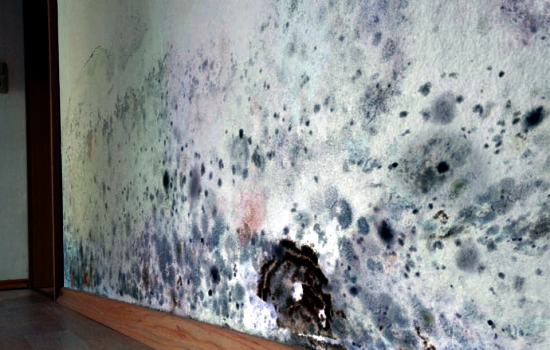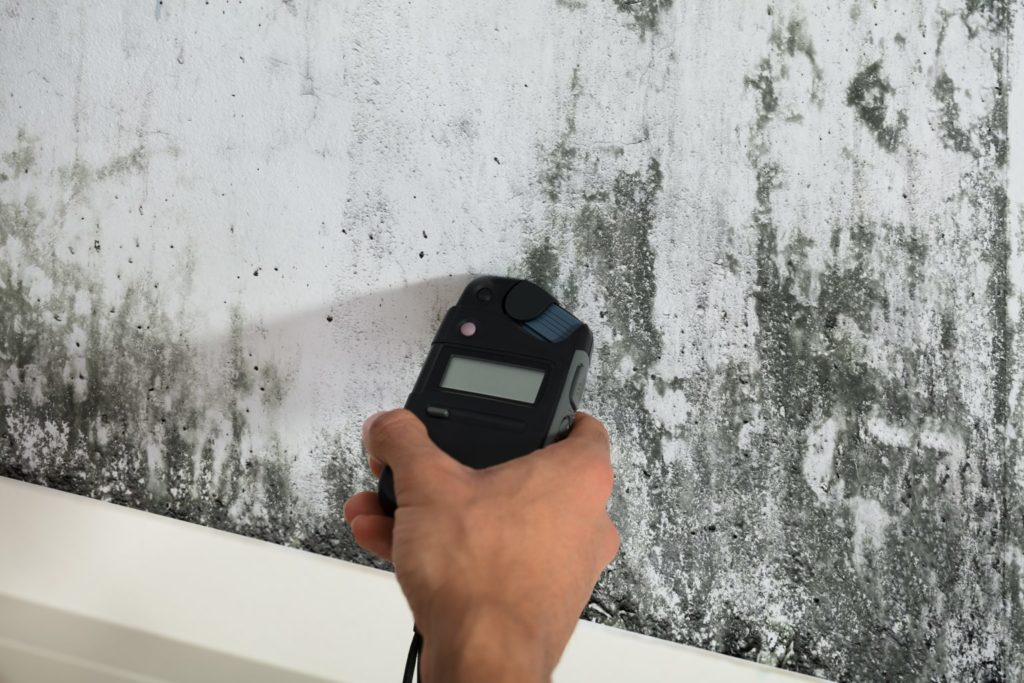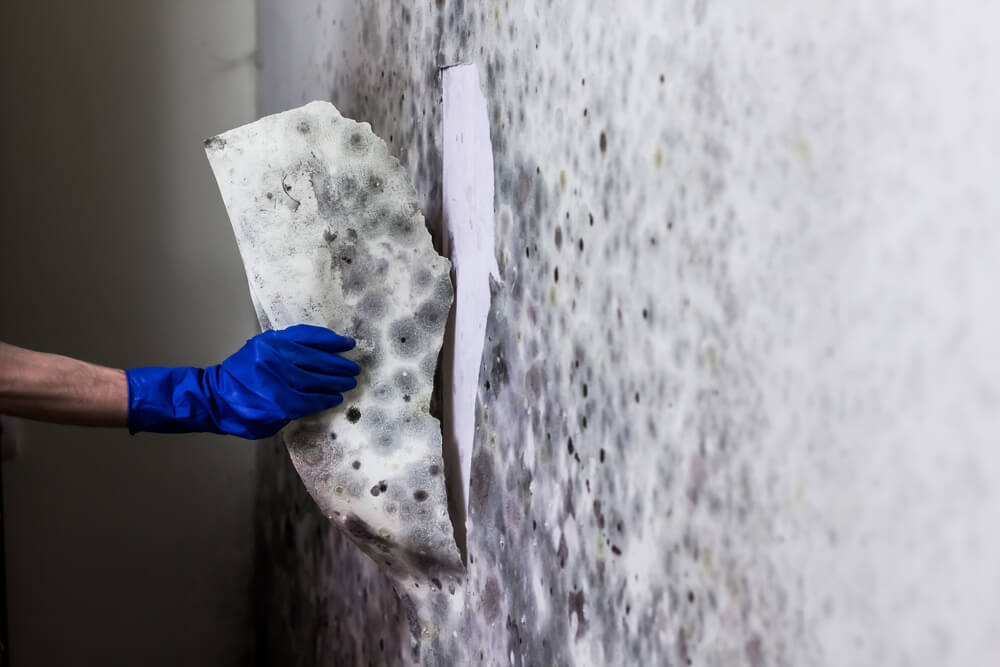Your Ultimate Guide to Post Mold Removal Strategies
Browsing the realm of post-mold removal strategies is a precise procedure that demands attention to information and an extensive understanding of the details entailed. In the after-effects of mold infestation, understanding exactly how to effectively remove the mold and mildew and stop its reoccurrence is extremely important for maintaining a healthy indoor setting. From picking the appropriate cleansing and sanitizing methods to executing techniques for long-term mold avoidance, each action in the removal journey plays an important role in making sure an effective end result. As we start this exploration of post-mold removal methods, we will certainly reveal the crucial approaches and best methods that can assist you recover your space to its pre-mold problem and protect it against future mold and mildew hazards.
Recognizing Post-Mold Remediation Process
After finishing the mold and mildew removal procedure, it is important to recognize the post-mold remediation methods that are needed to make sure a complete and effective cleaning. As soon as the mold and mildew has been eliminated, the next action entails cleaning and disinfecting the influenced areas to avoid any type of regrowth of mold.
Additionally, conducting a final inspection post-remediation is essential to guarantee that all mold and mildew has actually been effectively gotten rid of. If the assessment reveals any type of lingering mold and mildew, additional removal may be needed.
Efficient Cleaning and Sanitizing Methods

Protecting Against Future Mold And Mildew Growth

Significance of Appropriate Air Flow
Correct ventilation plays an important function in avoiding dampness accumulation, a crucial element in mold and mildew growth within indoor settings. Efficient air flow systems help eliminate excess humidity from the air, minimizing the opportunities of mold spores discovering the dampness they require to sprout and spread out. Without sufficient air flow, indoor rooms can come to be a breeding ground for mold and mildew, bring about prospective health threats and architectural damage.
By ensuring proper air blood circulation, ventilation systems can likewise aid in drying wet areas quicker after water damage or flooding occurrences, even more deterring mold and mildew growth. Post Remediation verification. Precede like shower rooms, kitchen areas, attic rooms, and cellars where dampness degrees tend to be higher, setting up and keeping effective ventilation systems is important in avoiding mold and mildew problems

Surveillance and Maintenance Tips
Given the important function that appropriate air flow plays in avoiding mold and mildew growth, it is essential to develop efficient monitoring and upkeep ideas to ensure the ongoing performance of air flow systems. Routine inspections of air flow systems ought to be performed to inspect for any kind of indications of blockages, leakages, or malfunctions that might impede correct air flow. Surveillance humidity degrees within the building is also crucial, as high humidity can add to Find Out More mold development. Installing a hygrometer can assist track moisture levels and sharp homeowners to any type of spikes that may need attention. Furthermore, ensuring that air filters are consistently cleaned up or changed is important for preserving the efficiency of the air flow system. Implementing a routine for regular maintenance jobs, such as air duct cleansing and HVAC system evaluations, can aid protect against issues before they rise. By staying proactive and conscientious to the problem of air flow systems, property owners can successfully mitigate the danger of mold and mildew regrowth and preserve a healthy indoor setting.
Conclusion
To conclude, post-mold removal methods are vital for making sure a clean and safe atmosphere. Understanding the process, applying reliable cleansing and sanitizing techniques, stopping future mold growth, keeping correct air flow, and regular surveillance are all critical action in the remediation procedure. By adhering to these standards, you can effectively eliminate mold and mildew and avoid its return, working or promoting a healthy and balanced living space for all residents.
In the after-effects of mold and mildew problem, recognizing just how to properly eliminate the mold and stop its reoccurrence is extremely important for preserving a healthy and balanced indoor setting. Once the mold and mildew has been gotten rid of, the next step entails cleaning and decontaminating the influenced areas to stop any regrowth of mold and mildew - Post Remediation verification. After getting rid of visible mold growth, it is important to cleanse all surfaces in the affected area to remove any remaining mold spores. To further improve mold and mildew prevention procedures, it is important to attend to underlying issues that originally led to mold growth.Provided the crucial role that correct air flow plays in preventing mold growth, it is necessary to establish reliable monitoring and maintenance tips to guarantee the continued browse around these guys functionality of ventilation systems